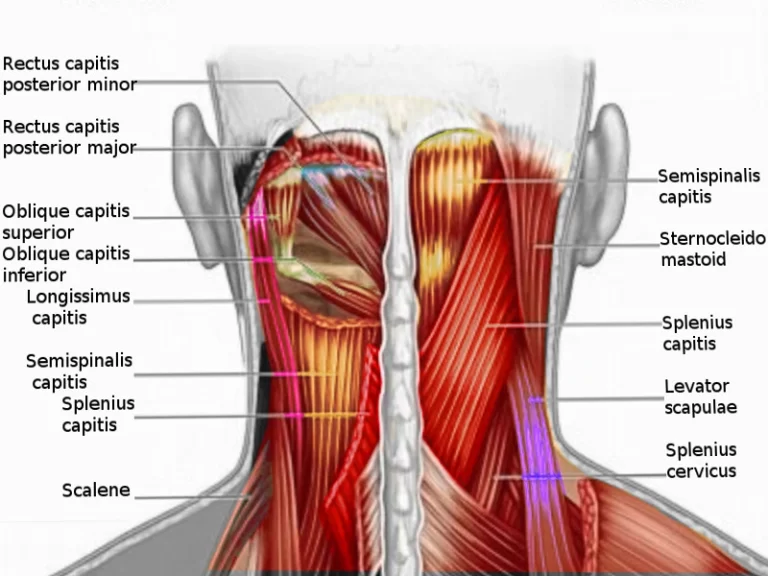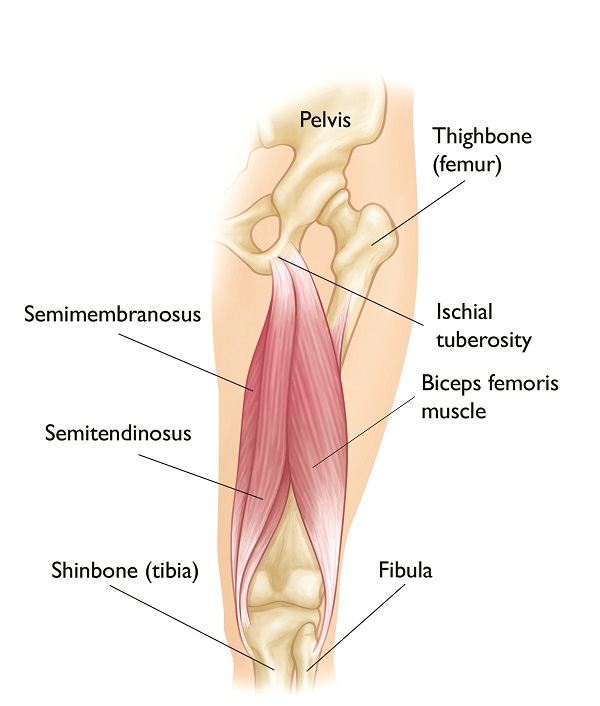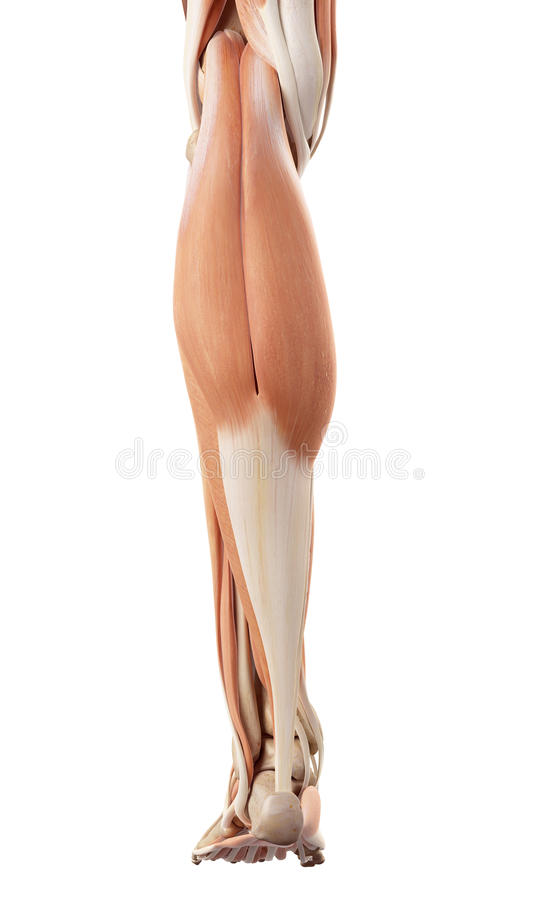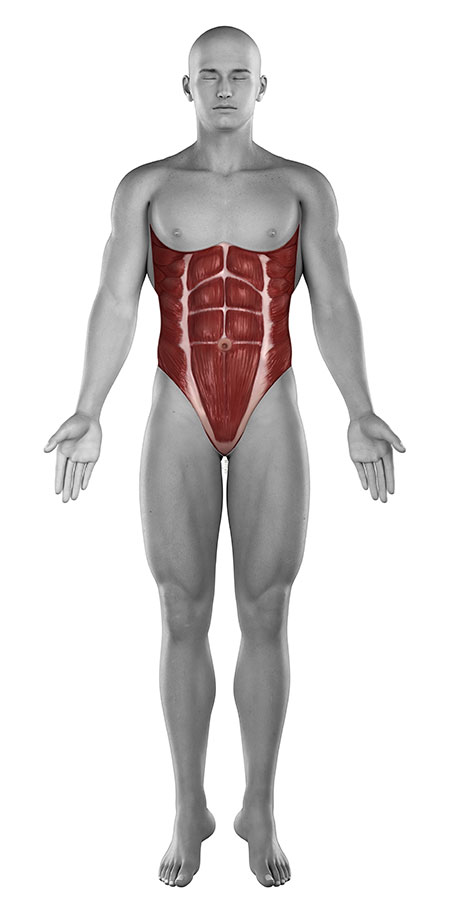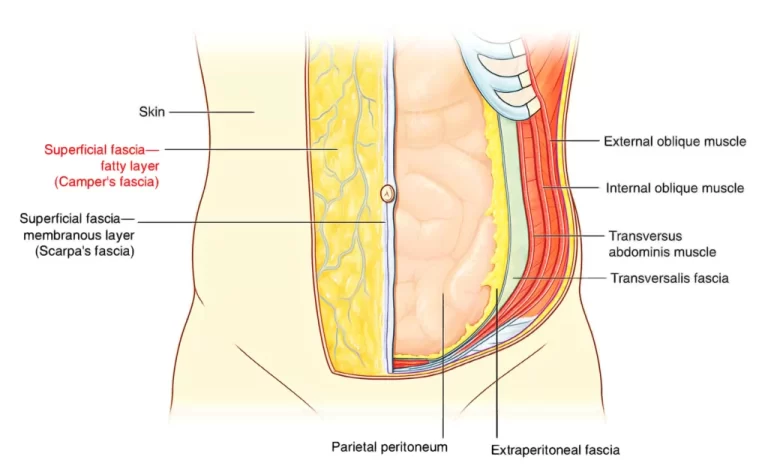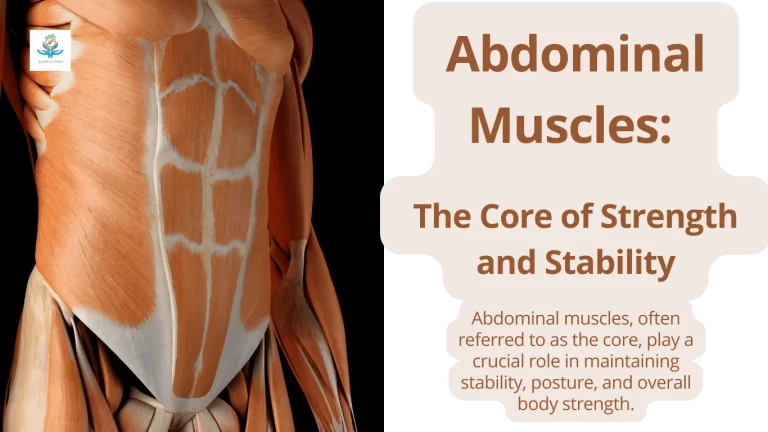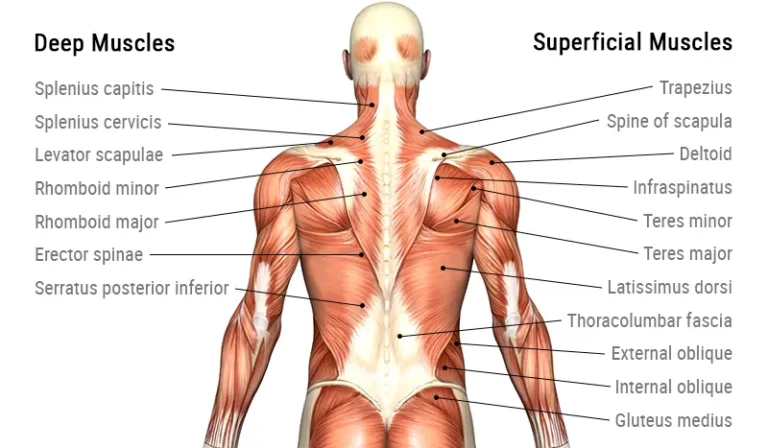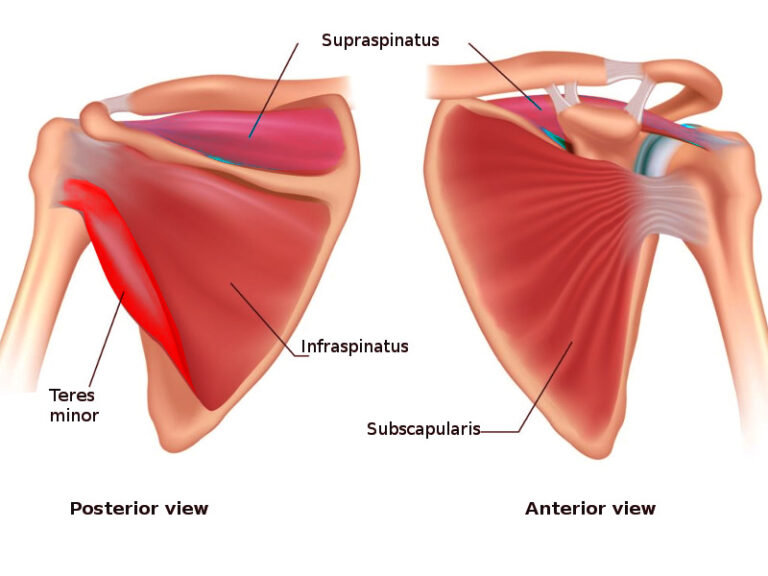Muscles on Back Of Neck
What muscles are in the back of the neck? The muscles on the Back of the neck are muscles that cover the neck area. The neck muscles are part of a complex musculoskeletal system that connects the base of your skull to your torso. The muscles of the neck are mainly responsible for the movement…

